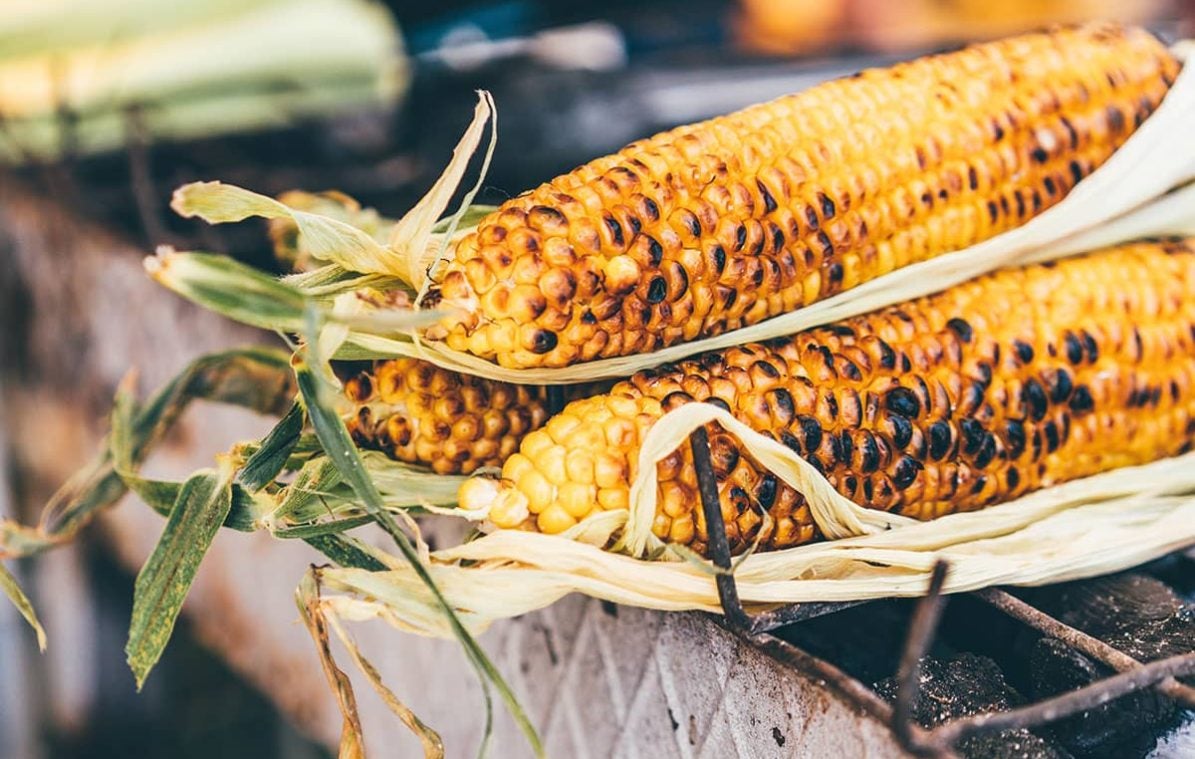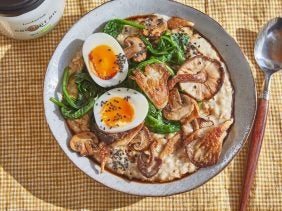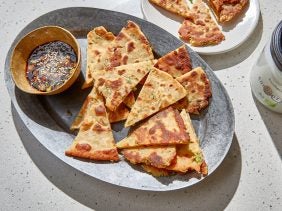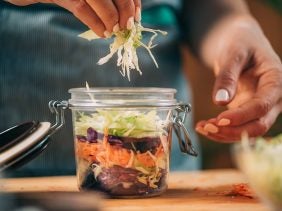The Surprising Benefits of Corn
 © foodspring
© foodspring
With the viral “Corn Kid” video and the resulting TikTok song “It’s Corn!”, sweetcorn’s finally getting the attention it deserves!
In many parts of the world, sweetcorn’s already a staple food of course. It forms the basis for many meals and it’s indispensable in the kitchen. Some countries like Germany, however, don’t often use the yellow grain much. At most, it will appear in a salad or as a side dish for a BBQ in summer. Sweetcorn’s very versatile though, and it provides important nutrients and vitamins and can sweeten your meals in the truest sense of the word.
Health Benefits
Fresh sweetcorn contains around 90 kcal per 100g, of which about 15-20g is carbohydrates, 3g is protein and 1g is fat. It provides energy and a lot of important nutrients and vitamins, such as vitamin C. It also contains a high number of B vitamins, including thiamine (B1), niacin (B3), pantothenic acid (B5), biotin (B7) and folic acid (B9). Among other things, these ensure healthy hair and skin and help regulate your hormone balance. Sweetcorn also provides you with minerals such as iron, calcium, potassium, magnesium, zinc, and carotenoids for improved vision.
An All-Rounder in the Kitchen
With its slightly sweet taste, sweetcorn’s versatile and can do far more than just add color to your salad. Grilled corn on the cob, for example, becomes a protein-rich side dish with a yogurt and whey dressing. You can also create sweetcorn fritters and pan fry them, or it can be steamed or boiled. When cooking, we recommend that you don’t salt the water, as this makes the consistency of the corn kernels tougher. Classic movie night popcorn is also made from corn. It’s not the usual sweetcorn that’s used for this though: it’s known as popping corn as it “pops” when heated. Popcorn has significantly more calories than sweetcorn per 100g, but you don’t need the ready-made microwave version – you can easily make it in a pan yourself, so you can control how much olive oil, butter, salt or sweetness (such as agave syrup) you use. Get really creative and add peanuts for example, then round the whole thing off with some dark cocoa powder.
Gluten Free
Corn is a gluten-free grain. This can’t be said for rye, wheat and a whole host of other grains. Those who suffer from gluten intolerance or celiac disease can use corn flour as a substitute. Ready-made corn products are also an option, but take care to ensure that these corn products do not contain other ingredients containing gluten. To be on the safe side, it’s better to prepare your own gluten-free bread, muffins, pancakes and other pastries with corn, potato, buckwheat or rice flour. Mixing different types of flour can improve the taste, texture, and also the nutritional value of what you’re baking.
Beneficial for Gut Health
Everyone’s heard that corn is good for digestion, but what’s the actual reason for this?
The husk of corn kernels consists of a cellulose which cannot be dissolved by the digestive juices in the stomach. Corn is therefore an insoluble fiber stimulating digestion and supporting healthy intestinal flora. In addition, it allows blood sugar levels to rise slowly, prolonging the sated feeling and helping prevent cravings. The German Nutrition Society (DGE) recommends roughly 30g per day. 100g of corn can provide you with about 3g.
A Basis for Non-Food Products
Corn has another superpower: it could help us reduce single-use plastic. When picnicking in the park or at large events, it can sometimes be hard to avoid disposable cutlery or paper plates and cups. Corn’s a good substitute and can replace a lot of plastic. It is a renewable raw material and, in the form of corn starch, it’s suitable as a basis for manufacturing many non-food products, such as packaging materials, garbage bags and compostable disposable tableware. Even clothing is already being made from corn-based bioplastics. If you want to get even more out of corn on the cob, you can take inspiration from traditional Mexican cuisine and make tamales. This involves a spicy filling with meat, beans and cheese steamed in corn leaves.
Learn more about this topic at foodspring:
Sources for this article
We at foodspring use only high-quality sources, including peer-reviewed studies, to support the facts within our articles. Read our editorial policy to learn more about how we fact-check and keep our content accurate, reliable, and trustworthy.






















